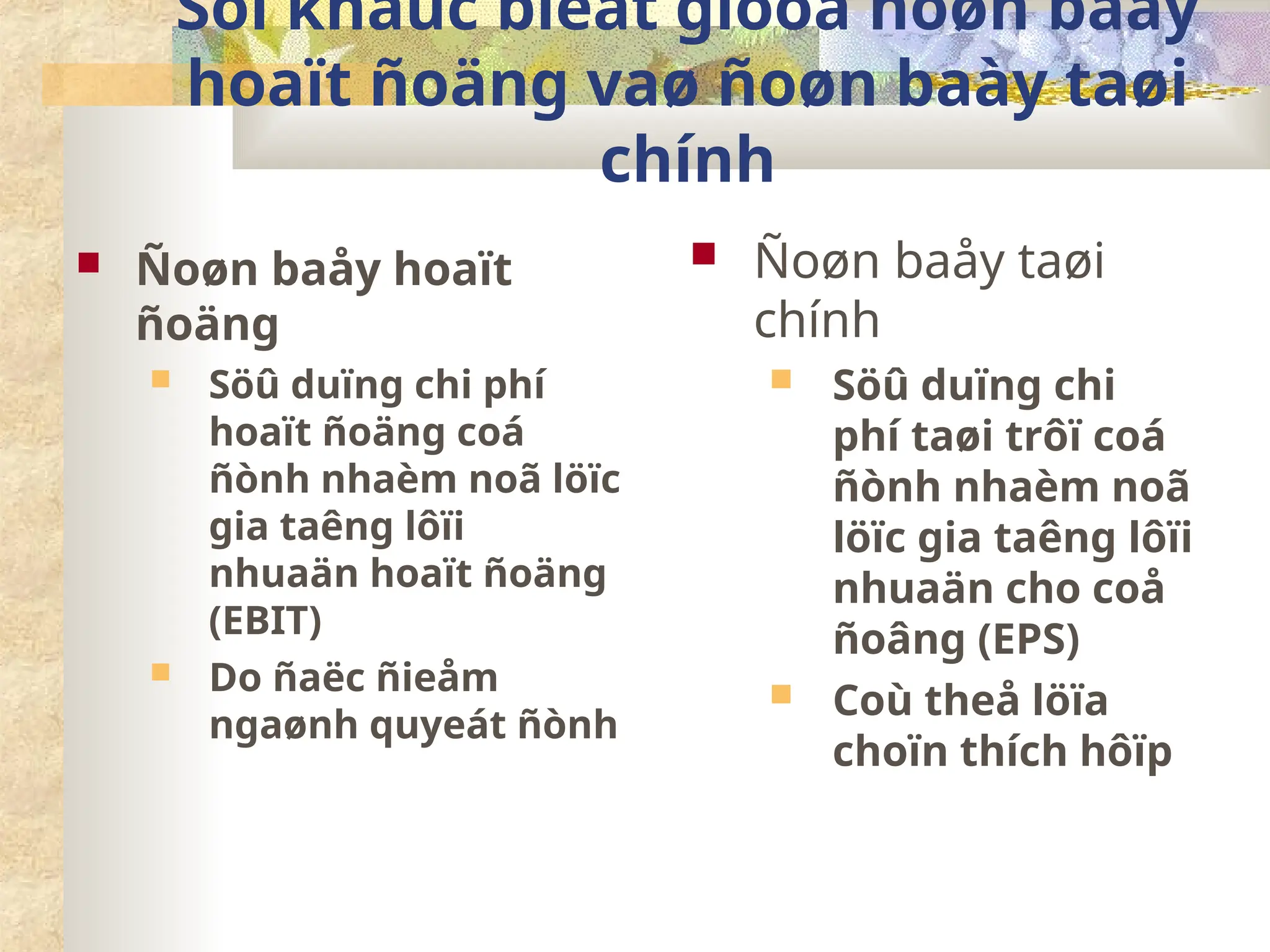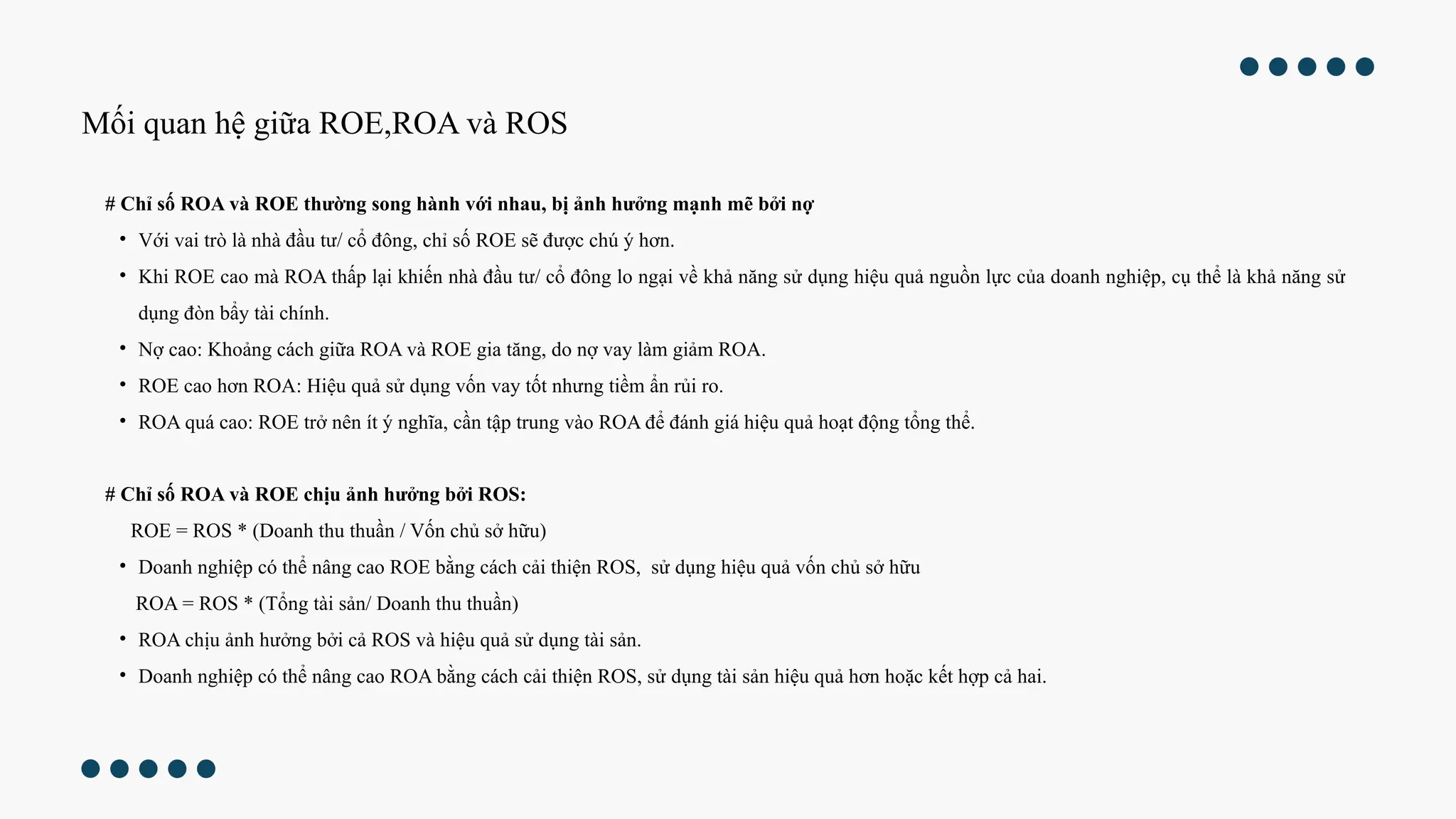Future studies that focus on the frequency and intensity of these exercises could lead to more formal guidelines. These disciplines offer a full-body workout that engages both the mind and mad muscles tai chi body. The deliberate and slow movements improve coordination and muscle tone while protecting joints from strain—something a lot of people over 60 worry about. For seniors, this approach can be a safer and more appealing alternative to running or heavy strength training, which can sometimes cause injuries or discomfort. Some people notice improved relaxation and balance within a few sessions, while physical benefits like better flexibility, strength, and stamina often appear within 6–12 weeks of consistent practice.
May Improve Quality of Life in Coping With Chronic Diseases
In Taoist Tai Chi, the 108 movements embody this sacred numerology, balancing yin and yang, nourishing qi, and bringing the practitioner into harmony with the rhythms of nature. Among the many Tai Chi schools, 108 move Tai Chi ranks first, perfectly integrating graceful postures with a profound spiritual realm. It is also referred to as Taoist Tai Chi 108 Moves, which is more than just moves but a meditative journey to harmonize the energy of the body, mind and spirit.

This can be slow shoulder circles, rocking, or turning from side to side in our kitchen as we prepare dinner. Remember that you have the power to make tai chi serve you in all areas of your life. Chronic conditions are often characterized by a lack of sleep and high stress. Once you’ve cleared your mind, alleviated your stressors, and stretched your body, you can enjoy a better night’s sleep. Improving balance will pay off in the long run by reducing the risk of falling.
{ |}
|}
Encourages a healthy sleep cycle.
A $75/hour session with a lineage holder teaching authentic Chen family forms provides different value than a $25/hour general wellness class. Discover Taiji costs approximately $60 monthly for Adam Mizner’s traditional Yang-style system emphasizing internal development. The program releases one video weekly—a deliberately slow pace that emphasizes deep practice over rapid content consumption.
Strengthens Muscles
{ |}
|}
The review authors said more high-quality studies are needed to clearly understand tai chi’s effect on COPD. A 2019 review of 6 studies (657 participants) found that tai chi was beneficial for reducing pain scores in people with fibromyalgia. Tai chi also helped to improve sleep quality, relieve fatigue, reduce depression, and increase quality of life.
Healthy aging resources
All you need is a comfortable place to practice and enough space to move around freely. The principles of Tai Chi originate from the Chinese philosophy of yin and yang. Yin and yang are two opposite but complementary forces that make up the universe.
You get lifetime access to purchased content, meaning you can revisit lessons years later without additional fees. The platform hosts thousands of tai chi courses from instructors like David-Dorian Ross, Master Gu, and SiFu Wong. The best paid programs to learn tai chi online at home offer structured curricula, professional instruction, and ongoing support that free resources simply can’t match. Your investment ranges from one-time purchases under $30 to comprehensive monthly subscriptions that rival private lesson costs.

From its Taoist roots to modern wellness, Tai Chi offers timeless benefits. Whether practicing basic moves like Qǐshì or exploring the 108-form, perseverance relieves balance and calm. Let Tai Chi’s meditative flow guide you—step by step, breath by breath—toward harmony of body and mind. In conclusion, the evidence supporting Tai Chi’s effectiveness in reducing pain is compelling. Its holistic approach, combining physical movement, mental focus, and breathing techniques, offers a unique and potentially powerful tool for pain management.
Series of movements can vary in length from about 15 minutes all the way up to two hours. Beginners often start with 2–3 sessions per week, but daily practice — even for 10–15 minutes — can enhance results and deepen benefits. Tai Chi can be done at any time of day, but many practitioners prefer morning practice to boost energy and focus, or evening practice to release tension and prepare for restful sleep. For most people, two to three sessions per week is a good starting point. Sessions can be as short as 10–15 minutes and gradually increase to 30–40 minutes as your skill and stamina improve.
{
Improved Posture and Body Alignment
|}
Then you can read about what what the learning path looks like for beginners on to instructors. If you are considering tai chi, here is an explanation to make it seem less foreign and less intimidating. If you are practicing already, here is a way for to explain your art to others and see how you can expand your knowledge in new and unique directions. The more you practice tai chi, the better you’ll get at flowing the moves together.
- {
- Your living room can become a martial arts studio with nothing more than a 6×6 foot space and an internet connection.
- The same benefits obtained from sitting meditation can be derived from tai chi which is a real bonus for those of us that have trouble sitting still or concentrating.
- Led by expert Scott Cole, this easy-to-follow DVD focuses on exercises to improve your balance and overall mobility.
- The words “Tai Chi Chuan” (also written as Taijiquan) illustrate the concepts at the heart of the system and they are translated as “Supreme Ultimate Fist”.
- If you are new to exercise or have been more sedentary, you may see benefits from tai chi early on, says Taylor-Piliae.
- Tai Chi is even acceptable for those with little or no athletic background.
|}
{
|}
{
|}
{
Building a Regular Practice Routine
|}
Modern research reveals that Tai Chi offers measurable benefits for certain chronic health conditions, though the strength of the evidence varies by condition. Tai chi exercises suffer a bit of a bad reputation in the west as an activity you do when you are too old or injured to do anything else. The truth is that not only can you get fit from tai chi but it provides the protection and recovery to participate in any other sport of your choice for a very long time. “Tai chi is sometimes called ‘meditation in motion’ because it’s a series of exercises that can help harmonize your body’s energy and mind,” explains Sobo.